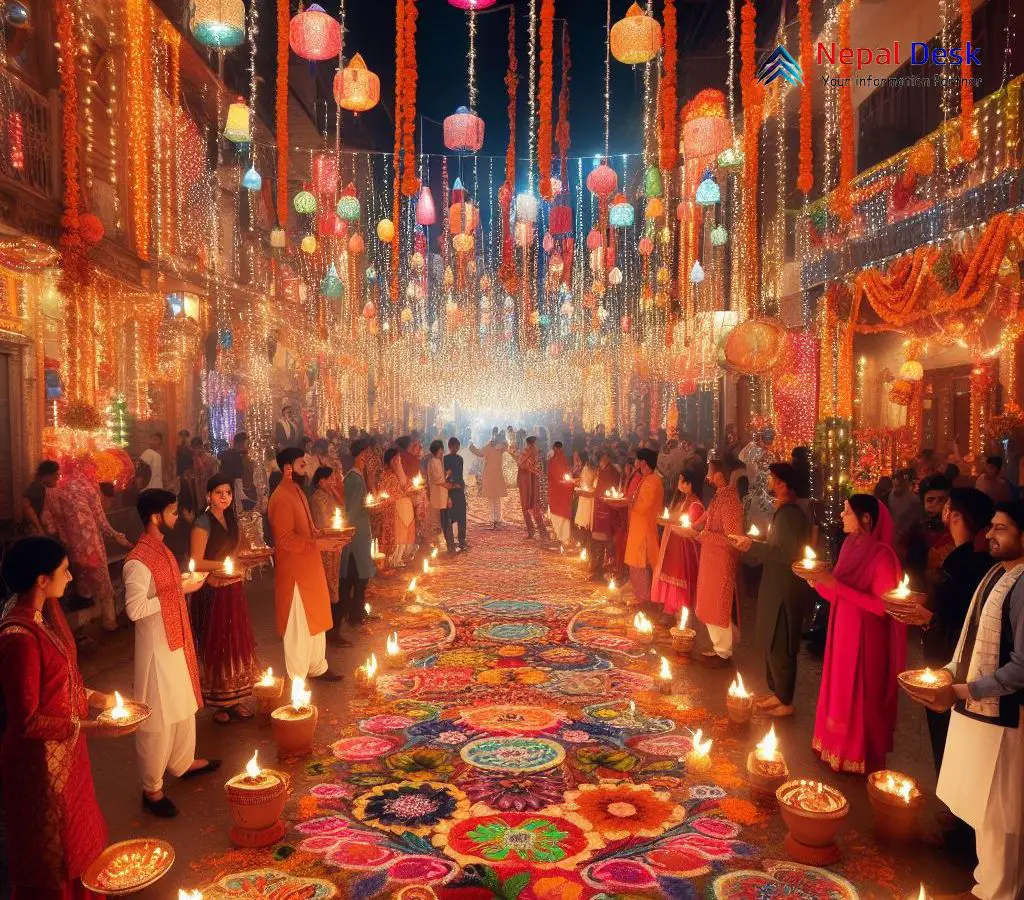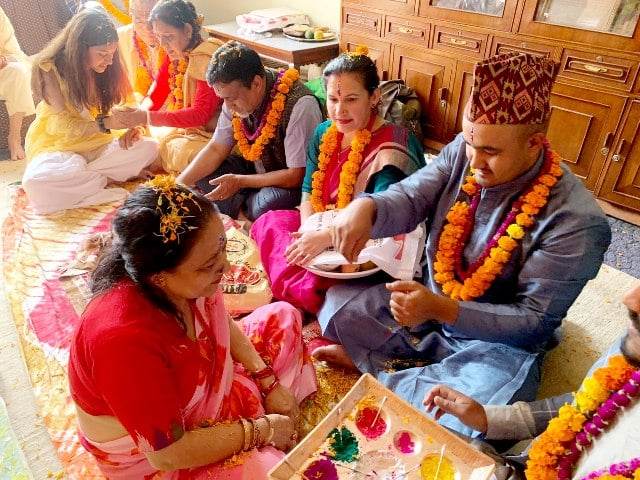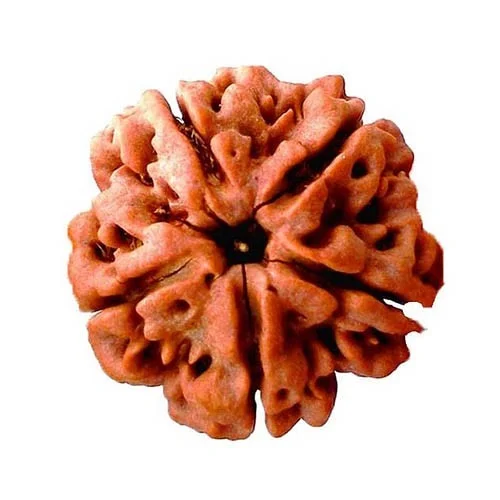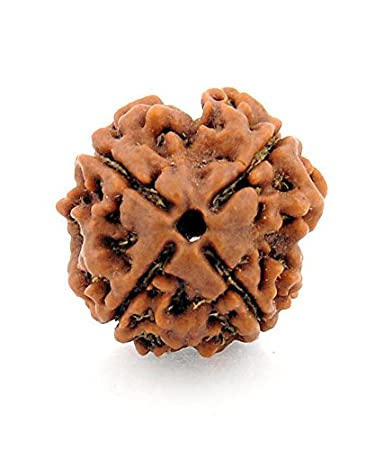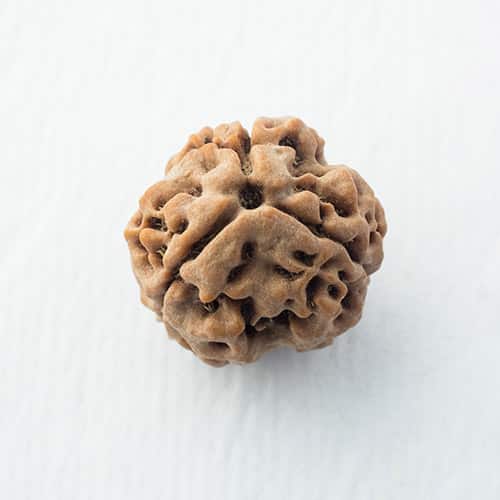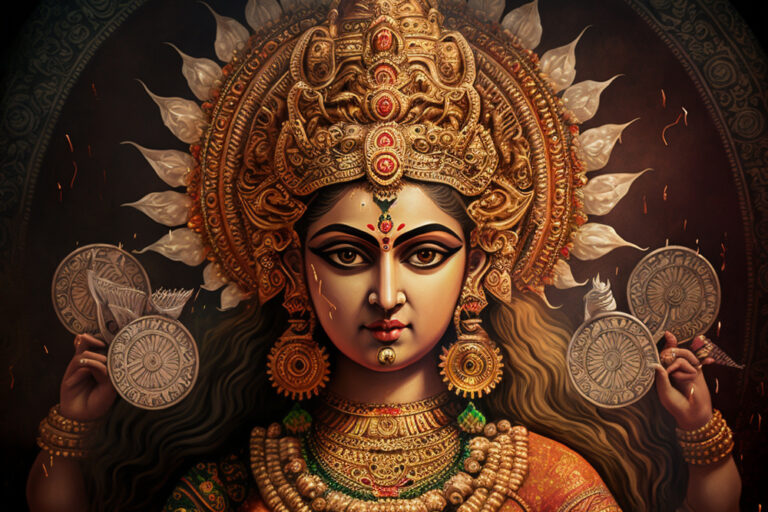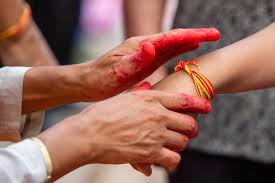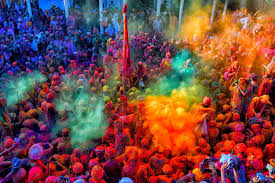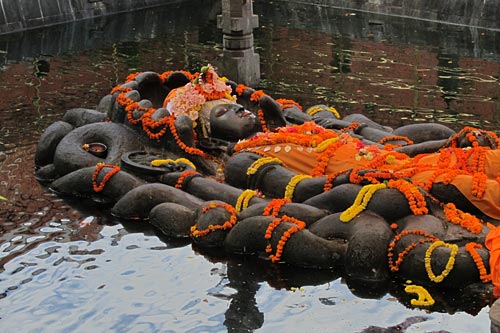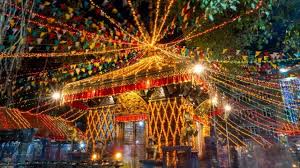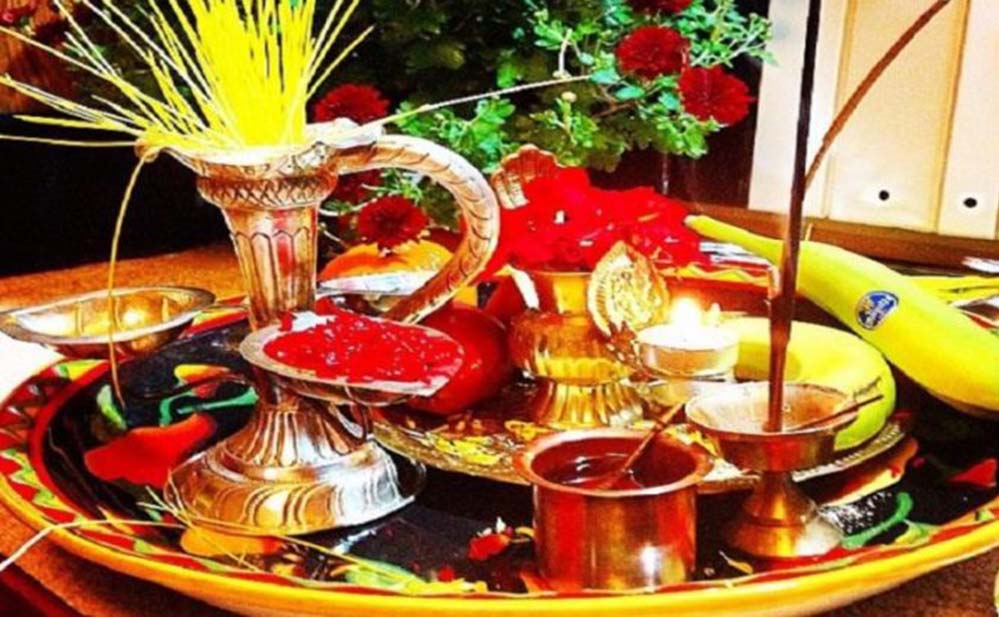Bhai Tika 2081 Auspicious Sait and Timings for the Special Day
Bhai Tika 2081 falls on Sunday, November 2, with the auspicious time from 13:10 PM to 15:23 PM. Sisters apply Saptarangi Tika to their brothers for protection and long life during this period, marking the sacred bond between siblings.
Bhai Tika Celebrating the Bond of Siblings in Nepal
Bhai Tika, a prominent Nepali festival, celebrates the bond between siblings with rituals of Tika application and shared meals. Occurring after Dashain, it strengthens familial ties and cultural heritage, promoting love and protection among siblings. Embrace the spirit of Bhai Tika and cherish the connections that matter most!
5 Mukhi Rudraksha Benefits and Who Should Wear It
The 5 Mukhi Rudraksha promotes spiritual growth, mental clarity, and physical health. It balances the five elements of nature, supports cardiovascular health, and relieves stress. Ideal for people with weak Jupiter or born under Sagittarius or Pisces, it brings peace, wisdom, and overall well-being.
4 Mukhi Rudraksha Benefits and Who Should Wear It
The 4 Mukhi Rudraksha enhances wisdom, knowledge, and communication skills. It promotes mental clarity, concentration, and intellectual growth. Ideal for people with weak Mercury or those born under Gemini or Virgo, it also benefits individuals born on the 4th, 13th, 22nd, or 31st of any month.
3 Mukhi Rudraksha Benefits and Who Should Wear It
The 3 Mukhi Rudraksha, linked to Lord Agni, promotes spiritual growth, emotional healing, and boosts self-confidence. It enhances mental clarity and digestive health. Ideal for those with weak Mars, or born under Aries, Leo, or on the 3rd, 12th, 21st, or 30th, it helps overcome past karma and stress.
Benefits of Wearing a Rudraksha Mala
Wearing a Rudraksha mala offers numerous benefits, including spiritual growth, stress relief, improved concentration, and energy balance. It helps align chakras, boosts immunity, and provides protection from negative energies. Associated with Lord Shiva, the mala promotes emotional stability, enhances meditation, and supports overall well-being and healing.
Navaratri and Its Significance: A Celebration of Divine Power
Navaratri is a nine-day Hindu festival celebrating Goddess Durga's nine forms, symbolizing the victory of good over evil. Marked by fasting, prayers, Garba dances, and Durga Puja, it culminates in Vijayadashami, honoring Lord Rama's triumph over Ravana. The festival promotes spiritual growth and inner strength.
Janai Purnima: A Sacred Festival in Nepal
Janai Purnima, also known as Raksha Bandhan, is a significant Hindu festival in Nepal. Celebrated with rituals like changing the sacred thread (*janai*), tying protective threads (*rakhi*), and making pilgrimages to holy sites like Gosaikunda, the festival symbolizes spiritual renewal, protection, and the strengthening of familial bonds.
Holi Festival in Nepal: A Vibrant Celebration of Colors and Joy
Holi, the Festival of Colors, is a vibrant celebration in Nepal, symbolizing the arrival of spring and the triumph of good over evil. Celebrated with colorful powders, water fights, music, and dancing, Holi fosters unity across communities, making it a joyful and culturally significant festival for locals and tourists alike.
Exploring Budhanilakantha A Sacred Marvel in Nepal
Budhanilakantha, located near Kathmandu, is a revered Hindu pilgrimage site featuring a stunning temple dedicated to Lord Vishnu. The site is known for its tranquil atmosphere and impressive stone sculpture of Vishnu. Visitors seek blessings, enjoy nearby natural attractions, and experience the rich spiritual heritage of Nepal.
The Festival of Lights and Love Tihar
Tihar, or Deepawali, is a five-day festival in Nepal celebrating relationships with animals and family. It includes Kag Tihar (Crow Day), Kukur Tihar (Dog Day), Gai Tihar (Cow Day) with Laxmi Puja, Govardhan Puja for oxen, and Bhai Tika, honoring sibling bonds. The festival symbolizes love, unity, and joy.
Dashain: The Grandest Festival of Nepal
Dashain, or Vijaya Dashami, is Nepal's most important festival, celebrating goddess Durga's victory over evil. Spanning ten days, it includes rituals like *Ghatasthapana* and family reunions on *Dashami*, where blessings and feasts are shared. The festival symbolizes new beginnings, unity, and the triumph of good over evil.

